6 Types of Bees
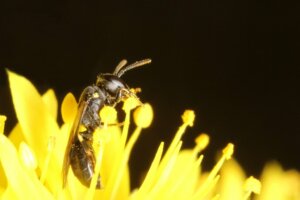

Reviewed and approved by the biologist Samuel Sanchez
Bees are invaluable creatures, due to their role in the pollination process. Thanks to their work, thousands of plant species can reproduce and survive and, therefore, continue to generate the oxygen that humans and other animal species breathe. Due to their evolutionary success, there are many types of bees.
Although you may think that there’s only one species within this group of winged Hymenoptera, the reality is that there are several types of bees, with different characteristics and behavior. These species are included in the families and subfamilies that we’ll show you in the following lines.
1. Apidae family
This family is made up of 3 subfamilies, presented below:
- Nomadinae: This is made up of parasitic bees, or cuckoos bees, better known as kleptoparasites, because they deposit their eggs in the nests of other bees, predominantly those of the bees of the Andrenidae family.
- Xylocopinae: These are the familiar woodpecker bumblebees, which are characterized by being black, robust bodies and hairy in certain parts.
- Apinae: This group includes bees such as honeybees, bumblebees, stingless bees, and orchid bees, among others. Most species are solitary and build simple nests underground.
A characteristic of this type of bee is that they prefer to build their combs on the ground or, in some cases, in trees. They cover the inside of the combs with a secretion from the Dufour gland, located in the abdomen.
This secretion becomes transparent and impervious to contact with oxygen, which is why it’s used as protection against possible predators. On the other hand, bees of the Apidae family are solitary individuals and inhabit the entire southern hemisphere, including Australia.
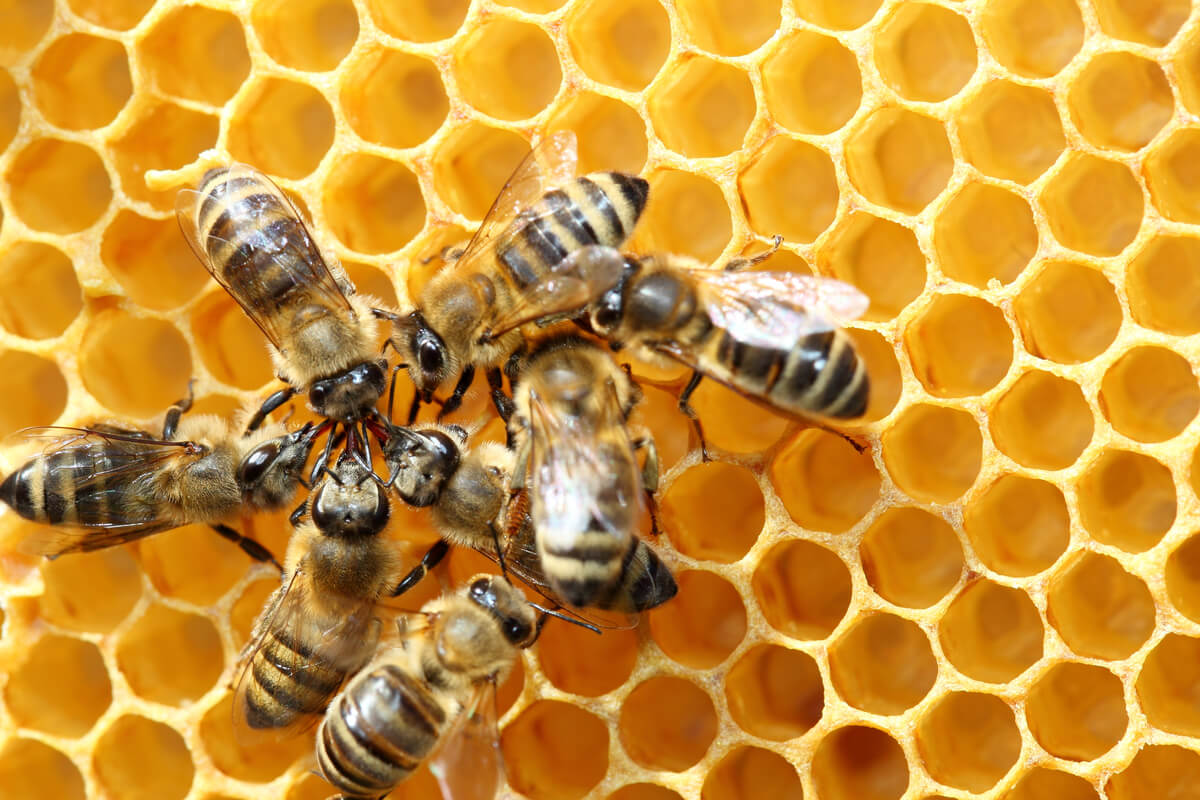
2. Megachilidae family
This family is made up of 2 different subfamilies:
- Megachilinae: They’re commonly known as the potter bees, as they use various materials to build their cells, such as clay or leaves. Some collect the hairs of plants, animal hairs, and plant fibers, which is why they’re called bristle bees.
- Fideliinae: An archaic group comprising desert species from Africa and South America.
These are some of the types of bees included in this family, and in general they’re characterized by parasitizing colonies. In addition, some tribes have two queens who share the same honeycomb, although each one takes care of everything that’s needed to condition their cell.
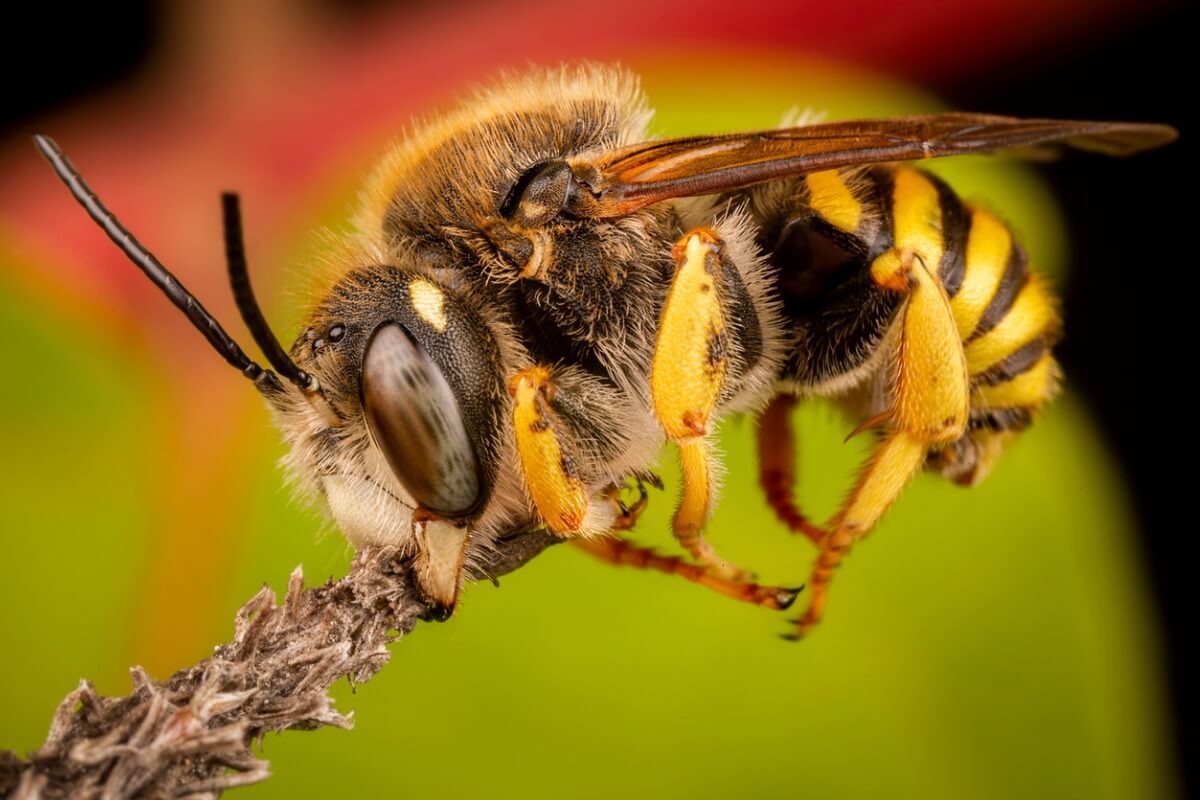
3. Andrenidae family
This family is made up of 4 subfamilies:
- Panurginae: This taxon contains almost 1,400 species in 35 genera and 7 tribes. The bees included in this group are absent in Australia and tropical Asia, and so it can be said that they prefer arid habitats.
- Oxaeinae: This group is found exclusively in the United States. They’re large, fast-flying bees, often with prominent eyes.
- Andreninae: This is an almost cosmopolitan grouping, predominantly Holoarctic. The most numerous genus within this subfamily is Andrenacon, with 1,500 species. The remaining five genera contain only a dozen species. Females have facial foveas, soft, hairy depressions on the face between the eyes, and antennae.
- Alocandreninae.
This family is characterized by building its panels after drilling holes in the ground. On the other hand, these bees feed on the nectar of specific flowers and physically stand out thanks to two subantennas, which surround the main antennae. You find them throughout the world, except in Australia, unlike the Apidae family.
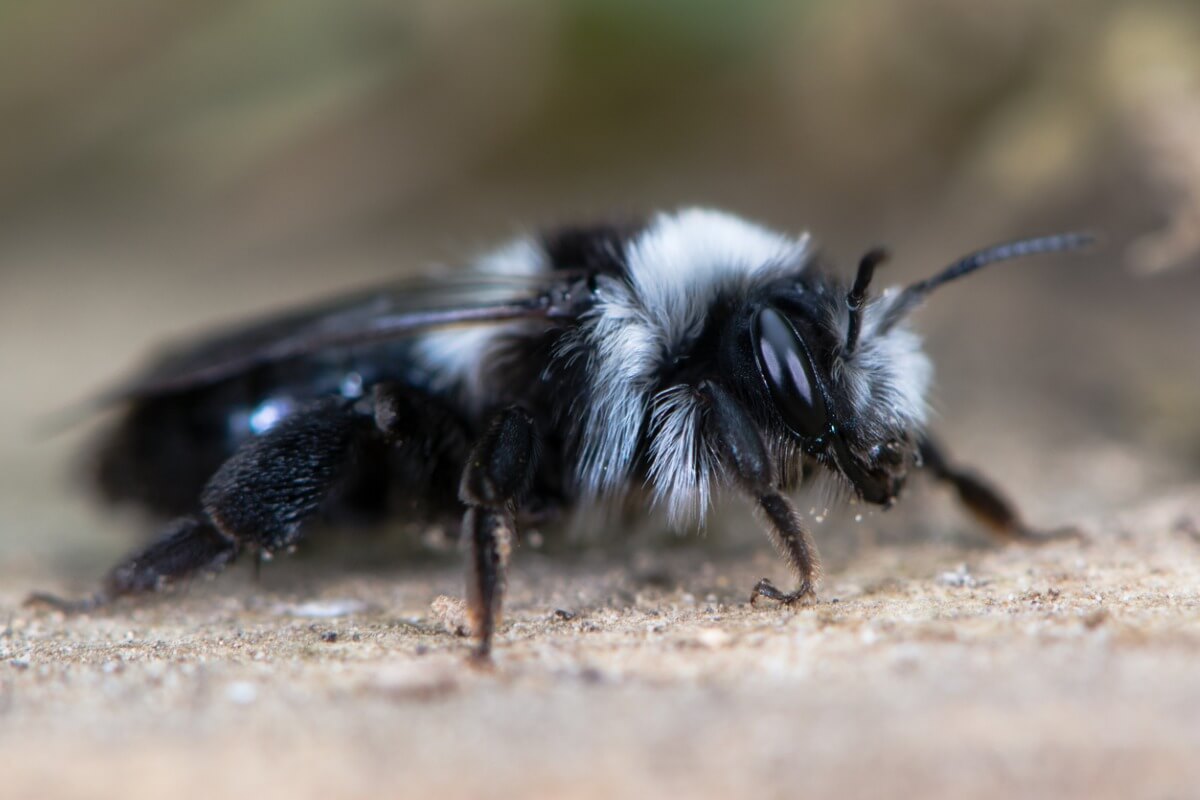
4. Halictidae family
This type of bees is composed of 3 subfamilies, divided as follows:
- Nomiinae: There are approximately 11 genera and at least 550 described species within this group.
- Halictinae: The bees of this taxon have a wide spectrum of behavior, ranging from solitary to eusocial – the highest level of social organization. It also includes some kleptoparasitic tribes, who feed on prey or food that another animal has captured.
- Nomioidinae: According to studies, we can say that there are around 13 genera and more than 260 species in this subfamily.
This type of bees is somewhat diverse, as they can be solitary or parasocial, including bees of a single generation. Others are eusocial at a primitive level, that is, the difference in size between queen and worker isn’t noticeable and there’s a division of labor.
Physically, we can observe that its body has varied colorations that range between yellow, black, blue and green. These bees usually nest in the ground and trees and have a very particular characteristic: they lick their perspiration during the summer, which is why they’re called “sweat bees”.
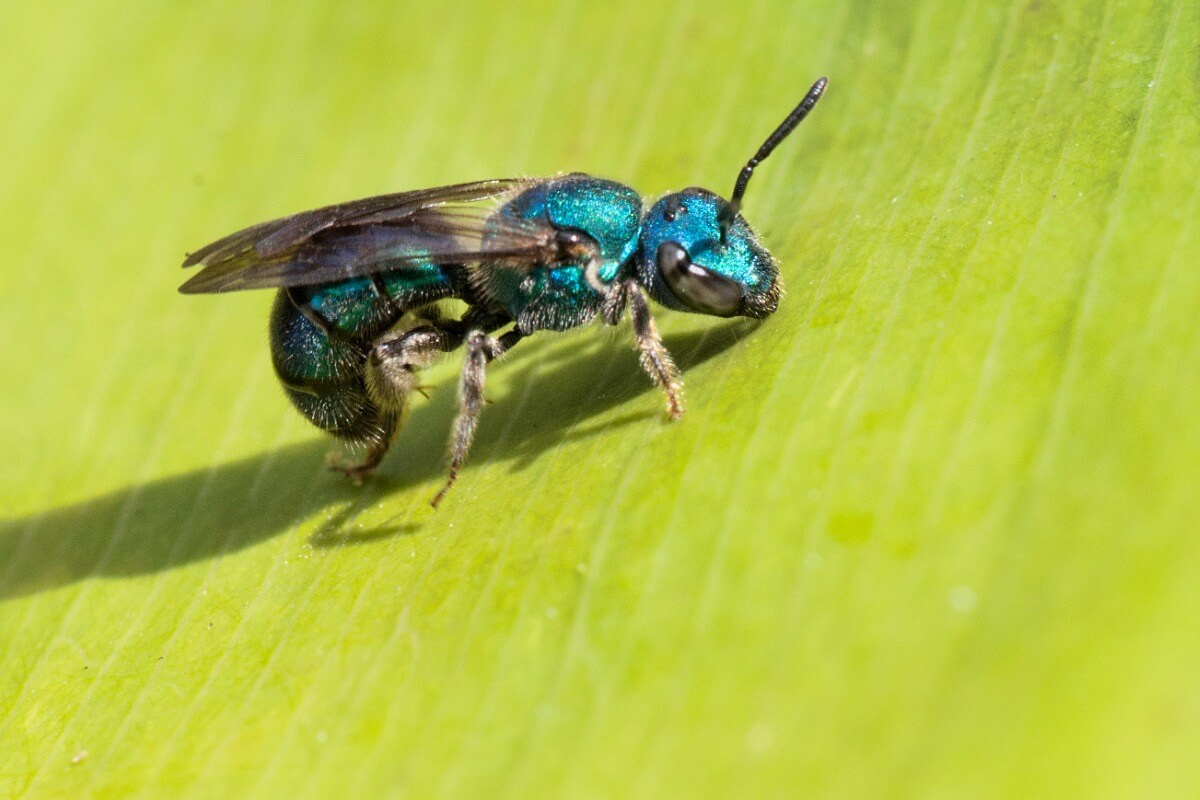
5. Stenotritidae family
This is the smallest family among all the different types of bees. It only comprises two genera, and 21 species, all of them from Australia. These Hymenoptera were previously considered to belong to the Colletidae family, but are now a separate family.
They’re characterized by the fact that they cover the cells of their combs with an impermeable secretion. Physically, these species have a robust body with villi and fly a lot faster than other types of bees. The genera of Stenotridae are Ctenocolletes and Stenotritus.
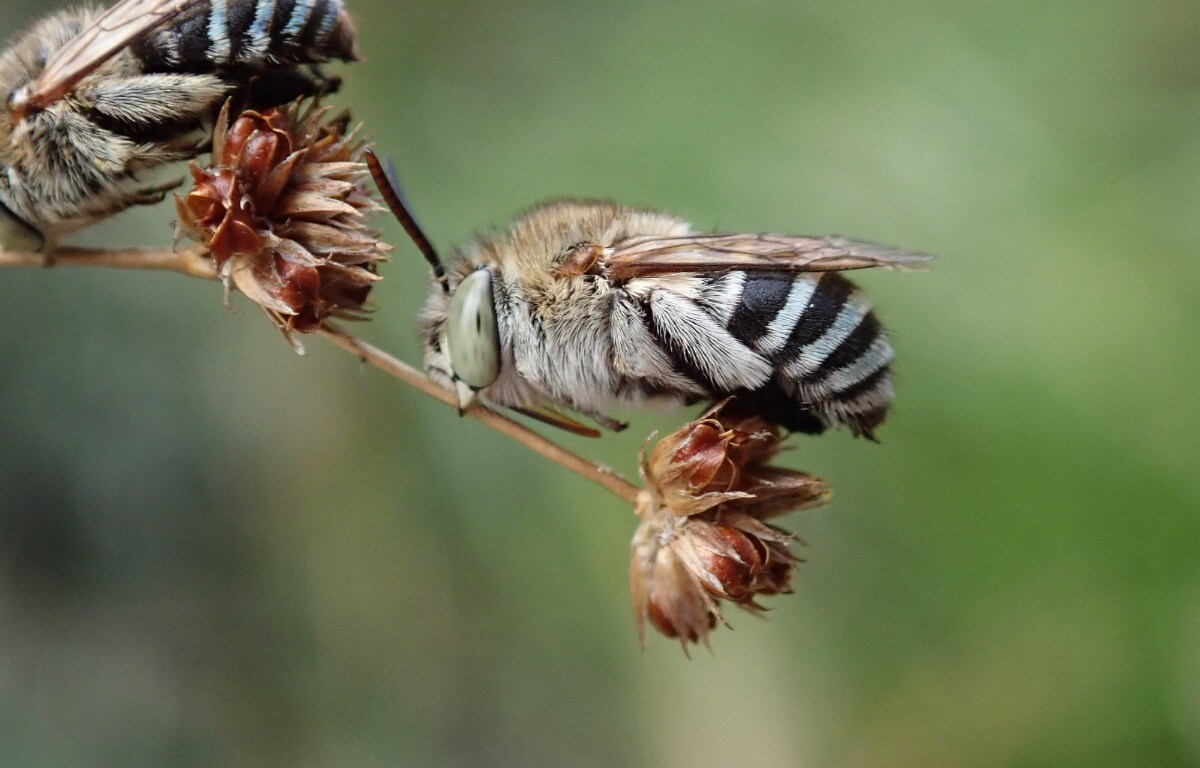
6. Colletidae and Milittidae families
In addition to the 5 types of bees already described, there are 2 more families, which consist of five and three subfamilies respectively. The Milittidae family has 180 species divided into three genera, with a presence in Africa, Europe and Asia. They’re characterized by only collecting pollen from a specific number of plant species.
On the other hand, the Colletidae family has more than 2000 species, divided into 54 genera with a presence throughout the southern hemisphere – Australia included. Like the Apidae family, these Hymenoptera secrete an impermeable substance to protect their hives.

As you can see, there is a tremendous variety among all the types of bees in the world, with unique characteristics and behavior. Each of them has a fundamental role to play in their respective ecosystems and, therefore, they must be protected in every measure, because, thanks to them, we can breathe the oxygen that flowers and plants emit.
All cited sources were thoroughly reviewed by our team to ensure their quality, reliability, currency, and validity. The bibliography of this article was considered reliable and of academic or scientific accuracy.
- Oldham, N. J., Billen, J., & Morgan, E. D. (1994). On the similarity of the Dufour gland secretion and the cuticular hydrocarbons of some bumblebees. Physiological entomology, 19(2), 115-123.
- Baguette, M., Bertrand, J. A., Stevens, V. M., & Schatz, B. (2020). Why are there so many bee‐orchid species? Adaptive radiation by intra‐specific competition for mnesic pollinators. Biological Reviews, 95(6), 1630-1663.
- Romero-González, J. E., Royka, A. L., MaBouDi, H., Solvi, C., Seppänen, J. T., & Loukola, O. J. (2020). Foraging Bumblebees Selectively Attend to Other Types of Bees Based on Their Reward-Predictive Value. Insects, 11(11), 800.
This text is provided for informational purposes only and does not replace consultation with a professional. If in doubt, consult your specialist.